This set of Chemical Reaction Engineering Multiple Choice Questions & Answers (MCQs) focuses on “ Non Ideal Flow Basics – Properties of C, F and E Curves – 1”.
1. If M is the total amount of tracer injected and v is the volumetric flow rate of the effluent, then what is the Relationship between cumulative and exit age distribution?
a) E = \(\frac{C}{(\frac{M}{v})} \)
b) E = \(\frac{M}{(v)} \)
c) E = \(\frac{C}{(Mv)} \)
d) E = \(\frac{MC}{(v)} \)
View Answer
Explanation: The distribution of the time spent by each fluid element leaving the reactor is called exit age distribution.
Edt = \(\frac{C}{(\frac{M}{v})} \)dt
E = \(\frac{C}{(\frac{M}{v})}. \)
2. State true or false.
The time spent by different fluid elements in the reactor is measured by a technique called the stimulus–response technique.
a) False
b) True
View Answer
Explanation: The stimulus response technique determines the time spent by each fluid element inside a reactor. This is done by measuring the response of the effluent stream to changes in the concentration of inert species in the feed stream.
3. State true or false.
The average residence time (t) of a fluid element is given by t = ʃ tF(t)dt, integrated between time t = 0 and t = ∞.
a) True
b) False
View Answer
Explanation: F(t + dt) represents the volume fraction of the fluid having a residence time of less than t + dt, and F(t) represents that having a residence time of less than t. The differential of F(t), will be the volume fraction of the effluent stream having a residence time between t and t + dt. From the principles of probability, the average residence time (t) of a fluid element is given by t = ʃ tF(t)dt.
4. Exit age distribution and F(t) are related as ____
a) \(\frac{dF}{dt}\) = E
b) \(\frac{dE}{dt}\) = F
c) F × t = E
d) E × V = F
View Answer
Explanation: F = ʃ E.dt, integrated between time t = 0 and t = t. t is the time spent by the fluid element in the reactor. \(\int_t^α\) E dt = 1-\(\int_0^t\)E dt. On differentiating with respect to time, \(\frac{dF}{dt}\) = E.
5. Which of the following correctly represents the exit age distribution of a CSTR?
a) 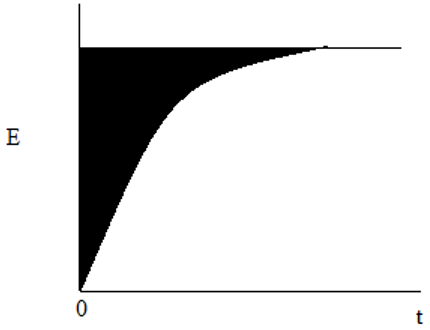
b) 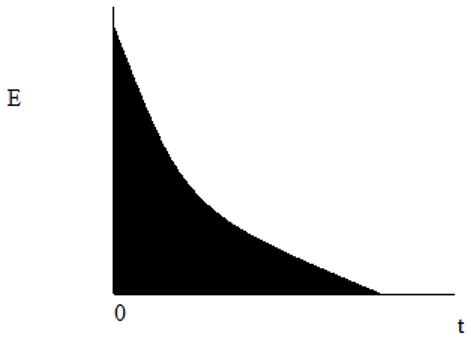
c) 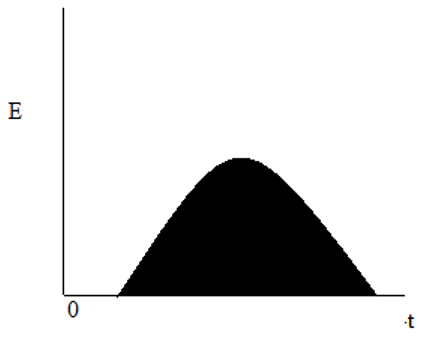
d) 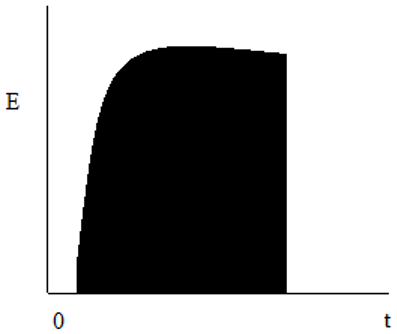
View Answer
Explanation: An ideal CSTR has an exponential residence time distribution E(t) = \(\frac{1}{τ}\) exp(\(\frac{-t}{τ}\)). it is difficult to obtain ideal mixing on industrial. Hence, the RTD of the real CSTR deviates from the ideal exponential decay.
6. Which of the following correctly represents the exit age distribution of a PFR?
a) 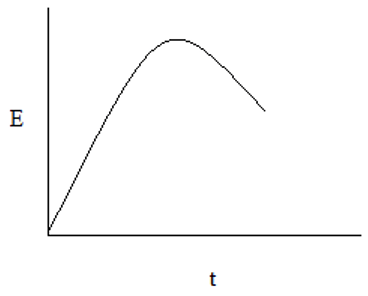
b) 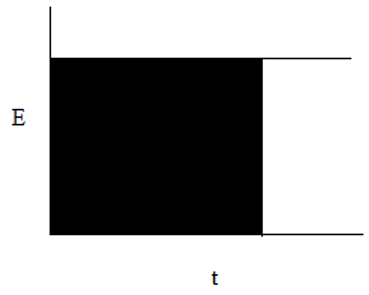
c) 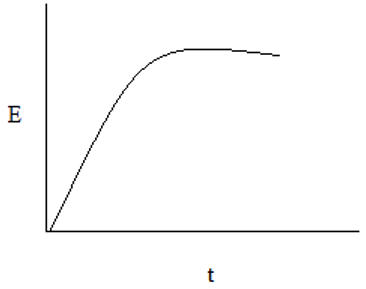
d) 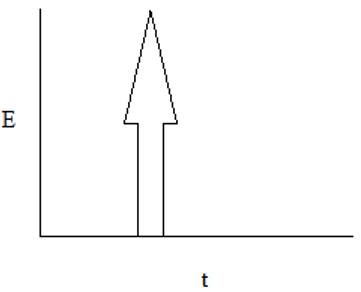
View Answer
Explanation: For a PFR, all molecules leaving the reactor spend precisely the same amount of time within the reactor. Hence, the distribution function is a spike of infinite height and zero width with area equal to 1.
7. The average residence time obtained from cumulative age distribution is ____
a) τ = \(\frac{ʃtC(t)dt}{ʃ C(t)dt} \)
b) τ = ʃ tC(t)dt
c) τ = \(\frac{ʃ tC(t)dt}{ʃ dt} \)
d) τ = \(\frac{ʃ C(t)dt}{ʃ tC(t)dt} \)
View Answer
Explanation: The average residence time is obtained as the mean of the C curve. It is obtained as the ratio of volume to volumetric flowrate.
8. The average residence time obtained from exit age distribution is ____
a) τ = t2ʃ tC(t)dt
b) τ = \(\int_0^∞\)E(t)dt
c) τ = \(\frac{ʃ tE(t)dt}{ʃ E(t)dt}\)
d) τ = \(\frac{ʃ tC(t)dt}{ʃ dt}\)
View Answer
Explanation: τ = ʃ tF(t)dt. But, \(\frac{dF}{dt}\) = E
Hence, τ=\(\int_0^∞\)E(t)dt.
9. The area under the curve of exit age distribution integrated between time, t = 0 and t = ∞ is ____
a) 0
b) 2
c) Unity
d) Infinite
View Answer
Explanation: Fraction of all the components that exit the reactor after residing inside the reactor between time t = 0 and t = α is unity. This is based on the assumption that no tracer can remain indefinitely inside the reactor.
10. The F(t) curves of CSTR and PFR respectively are ____
a) 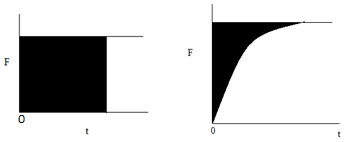
b) 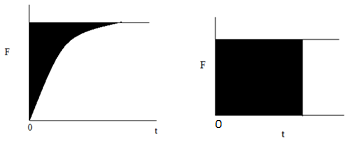
c) 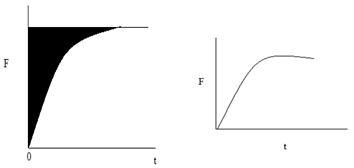
d) 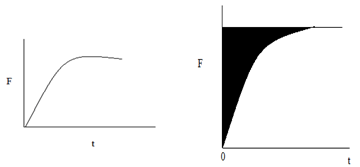
View Answer
Explanation: Area of the F(t) curve for CSTR gives 1 – exp(\(\frac{-t}{τ}\)). Area of the F(t) curve for PFR gives τ.
Sanfoundry Global Education & Learning Series – Chemical Reaction Engineering.
To practice all areas of Chemical Reaction Engineering, here is complete set of 1000+ Multiple Choice Questions and Answers.
If you find a mistake in question / option / answer, kindly take a screenshot and email to [email protected]
- Practice Biotechnology MCQs
- Apply for Chemical Engineering Internship
- Check Chemical Engineering Books
- Check Chemical Reaction Engineering Books
- Practice Chemical Engineering MCQs
